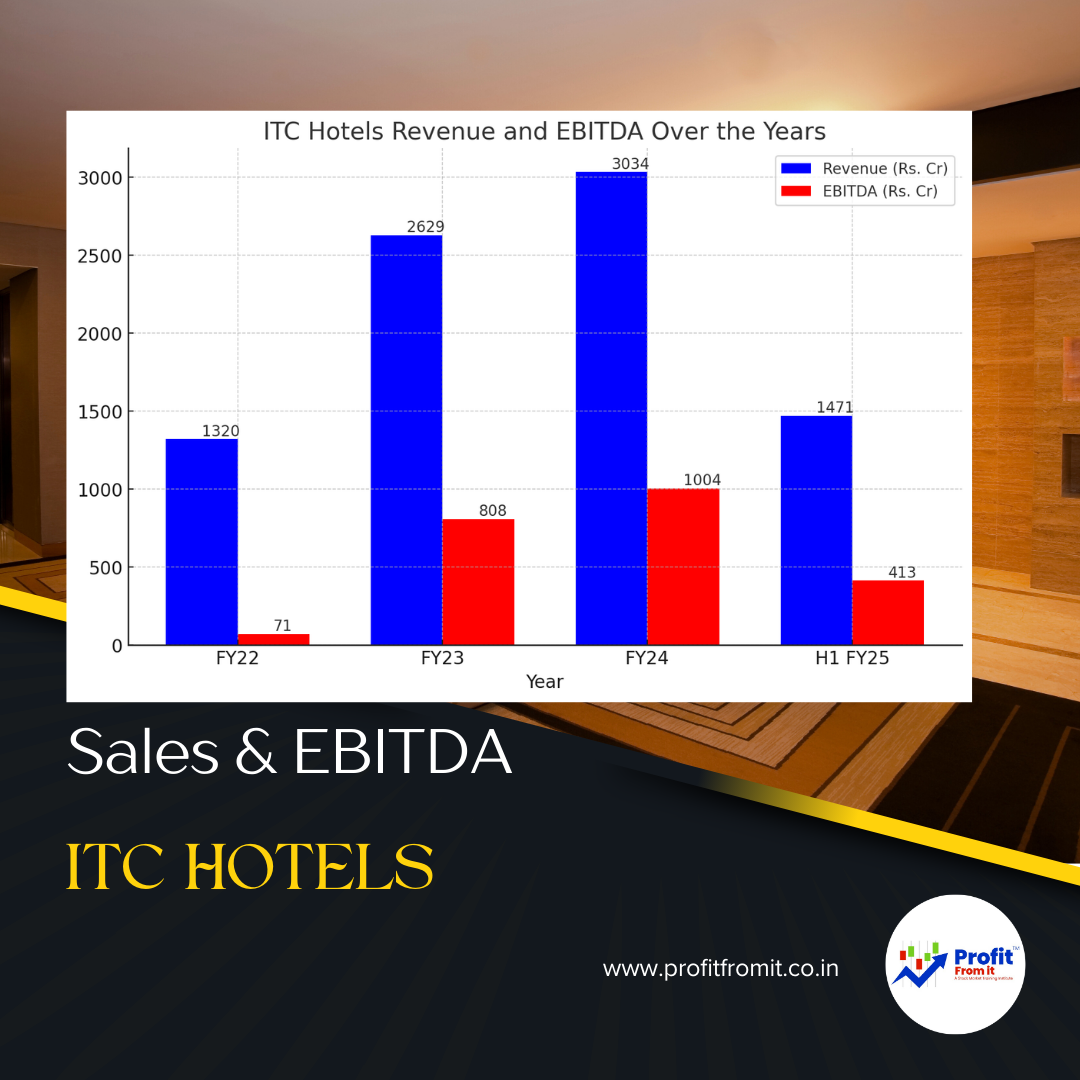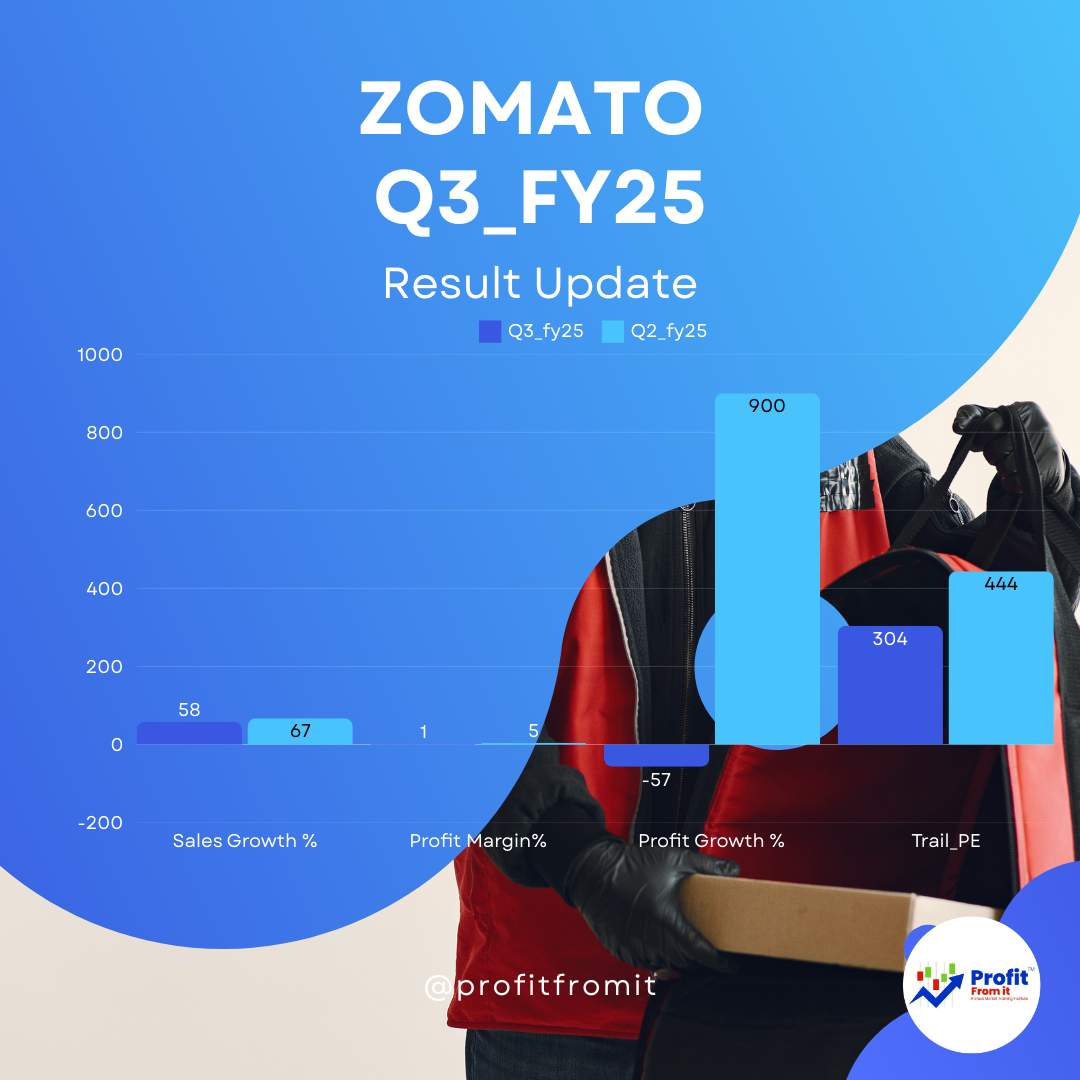 in the Indian Market A Guide for Investors 📌.jpg)
# **Decoding Price-to-Book Value (PBV) in the Indian Market: A Comprehensive Guide for Investors**
### **Understanding Book Value: The Foundation of Valuation**
Before diving into **PBV analysis**, it's crucial to understand **Book Value**—the intrinsic net worth of a company based on its financial statements.
**Formula:**
📌 **Book Value = Total Assets – Total Liabilities**
Book Value represents what remains if a company liquidates all its assets and settles liabilities. Investors use this as a baseline metric to gauge a company’s financial stability.
### **What Drives Share Price Growth?**
A company’s share price is primarily influenced by:
1️⃣ **Increasing Book Value** → Growth in net assets enhances investor confidence.
2️⃣ **Growing Earnings** → Higher profitability strengthens return on equity (ROE).
Rising Sales & Consistent **profitability** ensures both **Book Value and Earnings expand**, creating upward momentum in **PBV ratios** and stock prices.
### **Introducing Price-to-Book Value (PBV)**
📌 **PBV Ratio = Market Price per Share ÷ Book Value per Share**
PBV helps investors determine whether a stock is trading at a premium or discount relative to its book value. A **high PBV** signals investor optimism, while a **low PBV** may suggest undervaluation or financial struggles.
### **Historical PBV Trends in India**
The **Nifty 50 PBV ratio** has historically ranged between **2.7 and 4.9**, reflecting varying market conditions.
📊 **Recent Trend:**
- Last year, PBV fluctuated between **3.3 - 4.3**, indicating a fair valuation range.
- Current PBV hovers around **3.6**, suggesting moderate investor confidence.
### **Sector-wise PBV Breakdown in India**
PBV varies across industries based on **asset intensity, growth potential, and investor sentiment**:
| **Sector** | **PBV Range** | **Growth Correlation** |
|----------------------------|----------------|------------------------|
| **Technology & IT** | 4.0 - 10.0+ | Strong Positive |
| **Financial Services** | 1.5 - 5.0 | Moderate Positive |
| **Renewable Energy** | 1.0 - 4.0 | Mixed |
| **Manufacturing & Industrials** | 1.0 - 3.5 | Weak |
| **Consumer Goods (FMCG)** | 4.0 - 12.0 | Strong Positive |
| **Pharmaceuticals** | 2.0 - 6.0 | Moderate Positive |
### **PBV vs. Growth Rate Correlation**
PBV correlates differently with sectoral **growth rates**:
1️⃣ **High PBV + High Growth:** Typically justified (e.g., **IT, FMCG**).
2️⃣ **High PBV + Low Growth:** Indicates potential **overvaluation**.
3️⃣ **Low PBV + High Growth:** Signals **investment opportunity**.
4️⃣ **Low PBV + Low Growth:** Often reflects **market downturns**.
📊 **Example:**
- **Nifty 50 F_EPS:** **₹1,180** (earnings indicator) F_PE: 21.
- **Nifty 50 PBV: 25003/7520 = **3.3** (fair valuation).
- **Nifty Price:** **₹24,750.9** → Demonstrating how earnings & book value fuel market valuation.
### **PBV in Investment Decisions**
To use PBV effectively:
✔️ Compare PBV with **Return on Equity (ROE)** to gauge profitability.
✔️ Study **historical trends** to identify valuation cycles.
✔️ Consider macroeconomic factors like **inflation, interest rates, and policy shifts**.
### **Global Comparison: Nifty 50 vs. Global Indices**
📊 **Comparative PBV Trends Across Markets**
| **Index** | **PBV Range** | **Investor Sentiment** |
|-----------|--------------|-----------------------|
| **Nifty 50** | 3.3 - 4.3 | Emerging Market Growth |
| **S&P 500 (US)** | 3.5 - 4.5 | Strong Optimism |
| **FTSE 100 (UK)** | 1.5 - 2.5 | Conservative Valuation |
| **Nikkei 225 (Japan)** | 1.8 - 3.0 | Moderate Confidence |
| **Shanghai Composite (China)** | 1.2 - 2.5 | Mixed Sentiment |
📌 **Key Takeaway:**
- **Nifty 50 PBV aligns closely with S&P 500**, reflecting **India’s growing market confidence**.
- **European & Asian markets** have **lower PBV**, indicating more conservative valuations.
- **US markets maintain higher PBV** due to strong earnings & innovation.
### **Looking Ahead: Future PBV Assumptions**
Based on **historical trends and market conditions**, projected PBV ranges for Indian equities are:
🔵 **High PBV (>4.5):** Seen in economic booms.
🟠 **Fair PBV (3.3 - 4.3):** Reflects balanced growth.
🔴 **Low PBV (<3.0):** Indicates potential market corrections.
### **Final Thoughts: Actionable Investment Strategies**
✔️ **Monitor PBV trends** to identify undervalued opportunities.
✔️ **Compare PBV with earnings growth** for better stock selection.
✔️ **Understand sectoral PBV variations** to refine portfolio strategies.



 for Investors The provided chart outlines key metrics for Nifty 500 companies across different periods (FY22 t.png)





